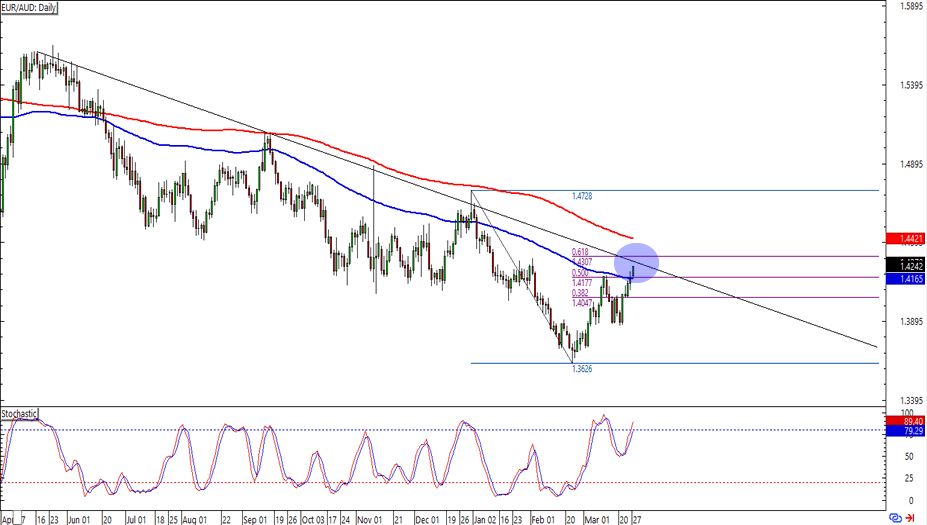Daily Insights Report 27/03/17
- 31 Mar 2017
27 Mar 2017
Equity markets on Wall Street closed mainly in the red on Friday after the Republican Party pulled the healthcare bill vote. The Dow Jones fell by 60 points, the equivalent of 0.3% to 20,597 points. The S&P 500 closed 2 points lower, the equivalent of 0.1% to 2,344. In contrast however, the Nasdaq Industrial Average gained 11 points, the equivalent of 0.2% to reach 5,829. The US equity market, which is considered to be the backbone of the financial market is very important for financial stability. In times of the stock market going down, it generally increases trading in the Forex market as investors look for other types of securities to invest with.

The UK prime minister is scheduled to visit Scotland early this week as part of the commitment to consult all the concerned administrations before beginning the processions of Article 50 – which will allow for Britain to leave the EU.
Investors will be looking for signs of quickening US growth when Wolseley reports the interim results. This FTSE 100 building materials company has recently been used as a proxy for the entire housing market of the US.
– The Yen rose 0.9% against the Dollar to reach 110.40, showing its monthly gain to reach 2.1%.
– The Euro gained 0.4% against the Dollar to reach $1.0843, at the same time when the GBP added 0.3%.
Commodities
– Gold rose 1.1% to $1,256.61. This is the highest since February. The metal is up a total of 0.7% for the month of March.
– Oil prices had seen a volatile session with Brent crude recovering from an earlier fall of 0.5%, contributing to the overall price fall of 1.9% for the week. Brent had hit a low point during the week of $49.71 per barrel on Wednesday as concerns about the high level of US crude inventories were seen. West Texas Intermediate (WTI) crude, the main US oil contract was up 0.8% late on Friday at $48.08 per barrel.
United States Dollar (USD)
Conference Board Consumer Confidence (March)
This measure of consumer confidence is forecasted to remain strong, even if the index slips a bit from February’s 15-year high. In February, the share of survey participants anticipating incomes to rise exceeded the participants that expect incomes to decline by 10% for only the second time in the past decade. The gap points to persistent wage gains and an upward bias to price growth.
Technical Analysis
EURAUD

Looking at the daily chart of this currency pair This currency pair is approaching the 1.4250 level, which lines up with the support area from the last quarter from the previous year. This time the level shows a falling trend that has not broken since April 2016. Similarly, the 61.8% Fibonacci retracement and the 200 SMA are still above where the currency pair lies at the moment. This analysis comes from looking at a long time-horizon. This means that more volatility may be seen compared with shorter time-frames.

